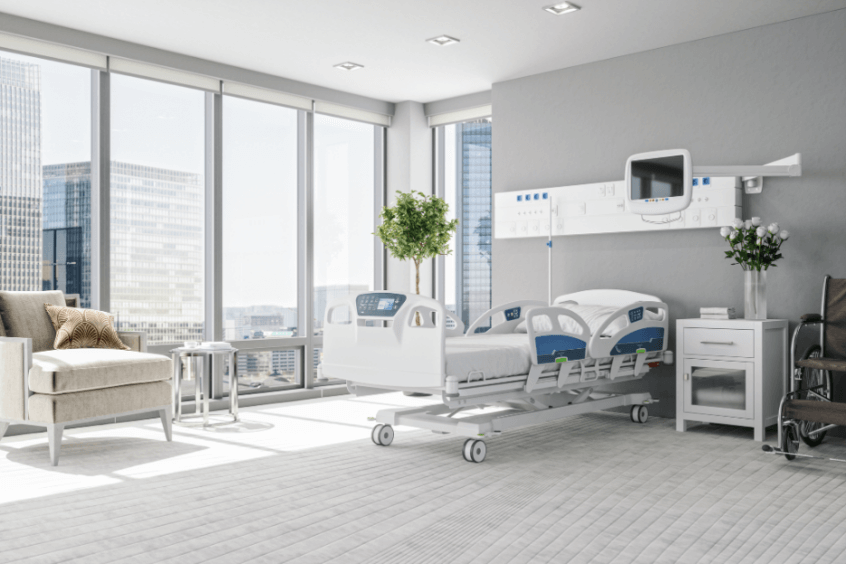Healthcare facilities are among the top energy users in the commercial sector. Hospitals, in particular, are occupied 24/7 and require constant operation of mechanical systems, lighting, plumbing systems, and other specialized systems. It can be challenging to manage these systems in an environmentally friendly and cost-efficient way. Add to that the enormous usage of water daily and the amount of waste generated. These factors are taxing on the local environment. Smart environmental design can help healthcare facilities realize sustainable, affordable solutions and achieve more productive operations.
As a design/build mechanical contractor, McKenney’s is dedicated to green building practices that improve building performance while protecting the environment. The following two areas can have a tremendous impact on healthcare facilities.
Energy Use
When designing a new facility, the orientation of the building on the site can directly impact energy expenditure. A carefully designed façade with appropriate shading can lower cooling equipment size and reduce stress on the system. More planned green space around the building keeps the facility cooler and reduces energy consumption.
The installation of smart lighting systems can lead to energy savings. Sensors can adjust lighting based on occupancy, time of day, and available daylight, enhancing security both indoors and in parking lots and exterior areas.
Planning for the right size HVAC system is crucial. Different areas of healthcare facilities have different temperature and humidity requirements. Monitoring air quality and ventilation is essential for patient outcomes.
Direct Digital Control (DDC) systems help facilities managers maintain critical systems. Technicians have access to real-time information and can make precise adjustments as needed. Systems can be monitored from a central location and adjusted remotely.
Water Conservation
Healthcare facilities use water to support vital functions such as sanitation, sterilization, and the HVAC system. To begin conserving water, the installation of low-flow plumbing fixtures is crucial in new constructions and should replace or upgrade fixtures in existing facilities. This immediately reduces water consumption, and regular inspections of fixtures and pipes are necessary to address leaks.
Some water can be repurposed through a dewatering reclamation system. Reclaimed water can serve toilet fixtures and provide water for rooftop cooling towers. These conservation measures divert water from the sewer system, resulting in significant water savings.
McKenney’s Assists with LEED Certification
McKenney’s has helped healthcare customers achieve LEED certification. We are dedicated to helping our customers build, retrofit, control, and maintain building systems to improve energy efficiency and conserve natural resources. Contact us today for information.






